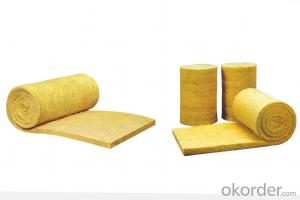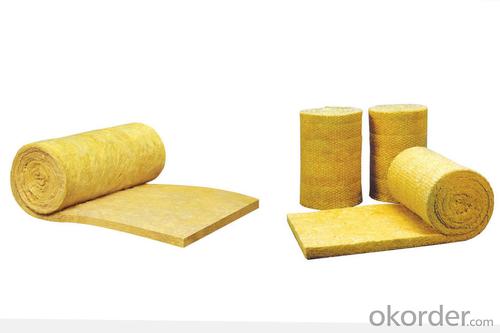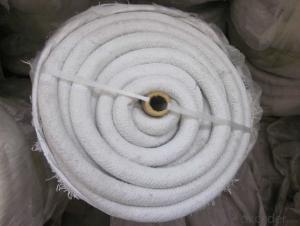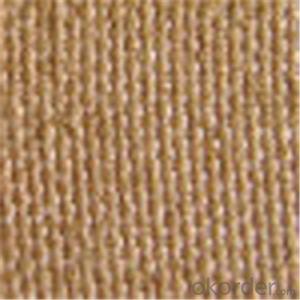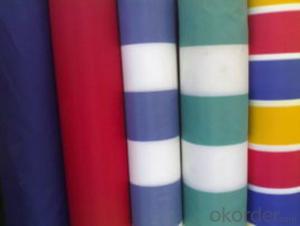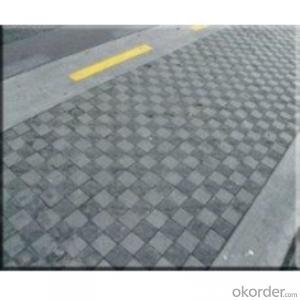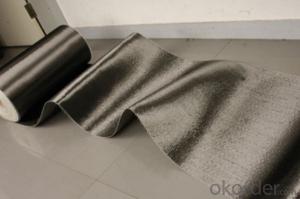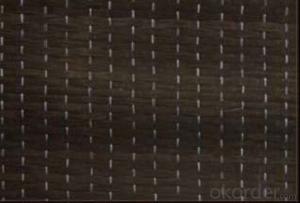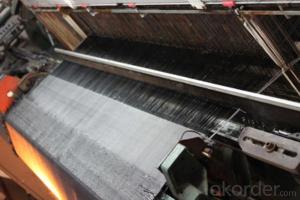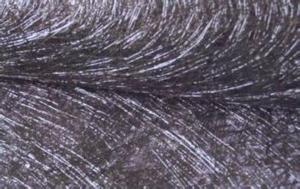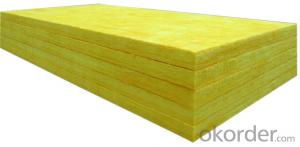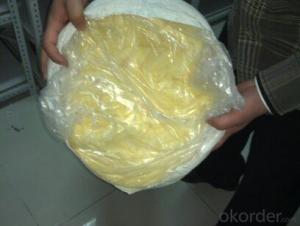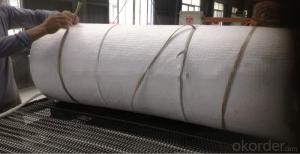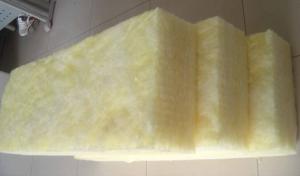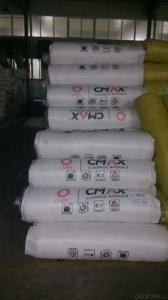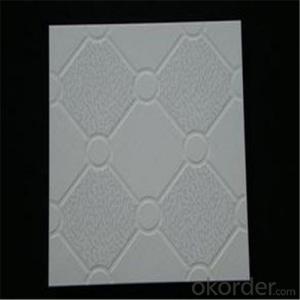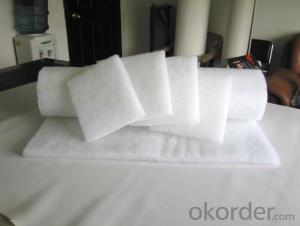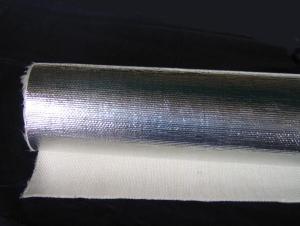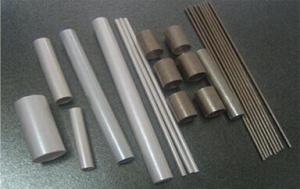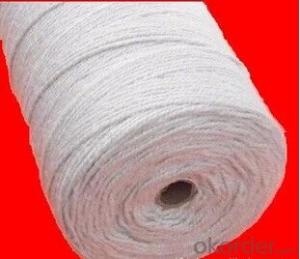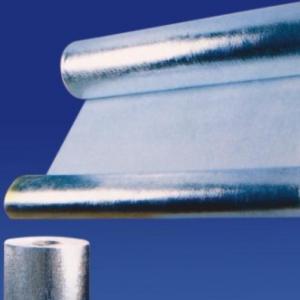Glass Fiber Textiles Thermal Insulation Wool Blankets
- Loading Port:
- Qingdao
- Payment Terms:
- TT OR LC
- Min Order Qty:
- 5000 m.t.
- Supply Capability:
- 10000 m.t./month
OKorder Service Pledge
OKorder Financial Service
You Might Also Like
Specifications
1.cheap wool blankets
2.Sound absorption and noise reduction
3.Easy for construction
4.Grade A1 fireproof
Advantages and features about glass fiber thermal insulation cheap wool blankets in china
1. excellent thermal insulation--very low thermal conductivity coefficients
2. excellent acoustic insulation--can reduce noise and sound transmitting
3. non-corrisive, durable
4. moisture resistant, fire resistant
5. good strength to resist deformation
Item | glass fiber thermal insulation cheap wool blankets in china |
Material | Main raw material: glass |
Application | Wall inslation, ceiling, roofing, heat insulation, iron air conduct, building and construction project, air conditioner, refrigeration equipment, damping, sound absorption and noise reduction, boilers, reaction vessels, tanks, ducts, high temperature workshop and chemical industries, so on. |
Size | Volume weight: 10-72 kg/m3 Thickness: 25-100mm Length: 3-20m Width: 1200mm |
Highest Usage Temperature | 450C |
Heat Conduct Coefficient | 0.045-0.032 W/mk |
Hydrophobic | >98.5 |
Incombustibility | Qualified Grade A |
Color | Yellow, White, Pink |
Packing | Chinese standard vacuumized woven bag or as your design |
Delivery time | Within 3-7 days |
Port of loading | China main port |
- Q: How does glass fiber textile perform in terms of chemical resistance?
- Glass fiber textile is known for its excellent chemical resistance properties. It is highly resistant to most chemicals, acids, and alkalis. This resistance is due to the inert nature of glass, which does not react with chemicals or degrade under normal conditions. Glass fiber textile can withstand exposure to a wide range of chemical substances, including corrosive acids, solvents, and bases, without causing any significant damage or degradation to the material. This makes it an ideal choice for applications where chemical resistance is crucial, such as in the production of protective clothing, filters, and other industrial applications.
- Q: Can glass fiber textile be quilted?
- Yes, glass fiber textile can be quilted.
- Q: Can glass fiber textiles be used in soundproofing?
- Yes, glass fiber textiles can be used in soundproofing. Glass fiber textiles are known for their excellent sound-absorbing properties, making them an ideal material for soundproofing applications. They can effectively reduce the transmission of sound waves by absorbing and dissipating the energy. Glass fiber textiles can be used in various soundproofing applications such as wall panels, acoustic ceiling tiles, acoustic curtains, and insulation materials. They are capable of reducing the noise levels in a room by absorbing the sound waves and preventing them from bouncing off hard surfaces, thus creating a quieter environment. Additionally, glass fiber textiles are lightweight, easy to install, and provide thermal insulation as well, making them a versatile choice for soundproofing purposes.
- Q: Can glass fiber textile be used in antennas?
- Glass fiber textiles are indeed applicable for antennas. Their superior electrical properties, including a low dielectric constant and loss tangent, make them well-suited for antenna usage. Moreover, their remarkable strength-to-weight ratio ensures their durability and lightweight nature for outdoor applications. These textiles can serve as structural supports, radome materials, or even function as the antenna itself. They offer excellent mechanical stability and are capable of withstanding extreme temperatures and moisture. Furthermore, glass fiber textiles can be easily shaped and molded into diverse antenna designs, enabling flexibility and optimal performance.
- Q: Can glass fiber textile be used in automotive brake pads?
- Yes, glass fiber textile can be used in automotive brake pads. Glass fiber textiles are commonly used in brake pads due to their high strength, heat resistance, and excellent friction properties. They help to enhance the performance and durability of brake pads, making them a suitable choice for use in automotive applications.
- Q: How do glass fiber textiles compare to metal fiber textiles?
- Glass fiber textiles and metal fiber textiles have several differences in terms of their properties and applications. Firstly, glass fiber textiles are made from thin strands of glass that are woven together to create a fabric. On the other hand, metal fiber textiles are made from extremely fine strands of metal, such as stainless steel or aluminum, that are also woven together. One major difference between the two is their strength and durability. Metal fiber textiles are generally stronger than glass fiber textiles, as metals have inherently higher tensile strength compared to glass. This makes metal fiber textiles more suitable for applications that require high strength and resistance to wear and tear, such as in industrial environments or protective clothing. Glass fiber textiles, on the other hand, excel in terms of their thermal and electrical insulation properties. Glass is a poor conductor of heat and electricity, making glass fiber textiles ideal for applications that require thermal or electrical insulation, such as in the construction of buildings or in electrical insulation materials. Another difference lies in their resistance to corrosion and chemicals. Metal fiber textiles, especially those made from stainless steel, are highly resistant to corrosion and chemicals, making them suitable for use in harsh and corrosive environments. Glass fiber textiles, while generally resistant to most chemicals, may not be as resistant to corrosive substances as their metal counterparts. Additionally, glass fiber textiles are typically more lightweight and flexible than metal fiber textiles. This makes them easier to handle and work with, as well as more comfortable to wear. Metal fiber textiles, on the other hand, can be stiffer and heavier due to the nature of the metal strands. In terms of cost, glass fiber textiles are generally more affordable compared to metal fiber textiles. Glass fibers are easier and cheaper to produce, making glass fiber textiles a more cost-effective option in many applications. In conclusion, glass fiber textiles and metal fiber textiles have their own unique properties and applications. While metal fiber textiles offer superior strength and corrosion resistance, glass fiber textiles excel in thermal and electrical insulation properties, as well as affordability. The choice between the two depends on the specific requirements of the application at hand.
- Q: Can glass fiber textiles be used in composite laminates?
- Yes, glass fiber textiles can be used in composite laminates. Glass fiber textiles, also known as fiberglass textiles, are commonly used as reinforcement materials in composite laminates. They are strong, lightweight, and have high tensile strength, making them suitable for various applications in industries such as aerospace, automotive, marine, and construction. Glass fiber textiles can be woven or non-woven, and they are typically impregnated with a resin such as epoxy or polyester to create a composite laminate structure. The combination of glass fiber textiles with resin matrix forms a strong and durable material that can be molded into different shapes and sizes. Additionally, glass fiber textiles offer good thermal and electrical insulation properties, making them an ideal choice for applications that require such characteristics. Overall, glass fiber textiles are commonly used in composite laminates due to their excellent mechanical properties, versatility, and cost-effectiveness.
- Q: Can glass fiber textiles be used in acoustic insulation?
- Yes, glass fiber textiles can be used in acoustic insulation. Glass fiber textiles are known for their excellent sound absorption properties due to their porous structure and ability to trap sound waves. They are commonly used in applications such as acoustic panels, soundproof curtains, and insulation materials to reduce noise levels and enhance acoustic comfort.
- Q: Can glass fiber textiles be used in reinforcement of jute fibers?
- Yes, glass fiber textiles can be used in the reinforcement of jute fibers. This combination can enhance the strength and durability of jute-based products, making them suitable for various applications in industries such as automotive, construction, and packaging.
- Q: Do glass fiber textiles have good insulation properties?
- Yes, glass fiber textiles have good insulation properties. Glass fibers are made from very fine strands of glass, which create a network of tiny air pockets in the material. This network of air pockets helps to trap and slow down the movement of heat and sound, making glass fiber textiles excellent insulators. Additionally, glass fibers have a low thermal conductivity, meaning they do not conduct heat easily, further enhancing their insulation capabilities. These properties make glass fiber textiles commonly used in applications where thermal insulation is required, such as in the construction of buildings, automotive industry, and aerospace industry.
Send your message to us
Glass Fiber Textiles Thermal Insulation Wool Blankets
- Loading Port:
- Qingdao
- Payment Terms:
- TT OR LC
- Min Order Qty:
- 5000 m.t.
- Supply Capability:
- 10000 m.t./month
OKorder Service Pledge
OKorder Financial Service
Similar products
Hot products
Hot Searches
Related keywords
